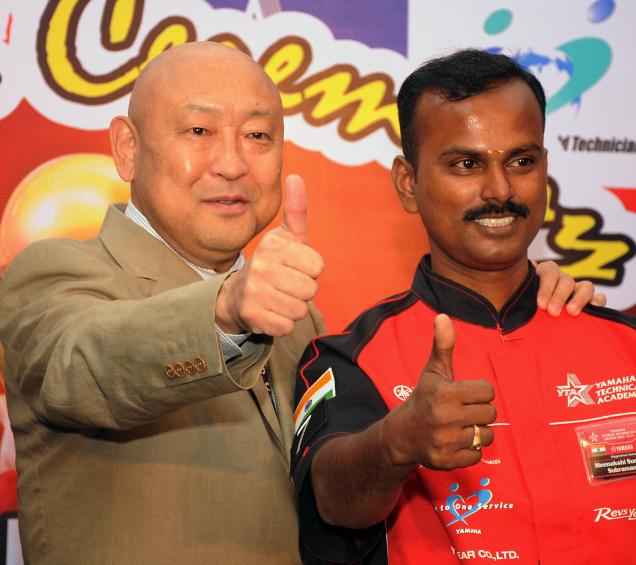
For a long time, Ajay Jayaram was known for losing out on an Olympic berth to Parupalli Kashyap during the 2012 India Open. It seemed as if Jayaram had all but sealed the spot with some good performances round the year, but Kashyap pipped him courtesy a lucky break as the then World No. 4 Chen Jin gave the latter a walkover in the quarter-finals that eventually proved decisive.
Jayaram was crestfallen and since then has been trying hard to bounce back. He enjoyed a decent run but not as much he would have liked. To add to his woes, a shoulder injury during the Hong Kong Open in January this year put him out of action for more than six months.
Jayaram underwent a surgery and did the necessary rehabilitation. But at only his fourth tournament back, the Mumbai shuttler won the biggest event of his career when he clinched the Dutch Open Grand Prix on Sunday.

“Definitely it has surprised me. I played some good attacking badminton. I need to maintain this level of focus and discipline in the coming tournaments. That will be the key to getting good results,” Jayaram told MAIL TODAY.
“I am elated. It has been a tough few months. Even after I resumed playing, it wasn’t easy to find my rhythm. It took me a while to get back the match temperament and touch. But I am happy I managed to dig deep and get the muchneeded win which also happens to be my first Grand Prix title. I couldn’t have asked for a better comeback,” he said.
The manner of his win, coming against a tough field, should give Jayaram immense confidence. Beating the likes of third seed Dionysius Hayom Rumbaka (World No. 26) of Indonesia and top seed Rajiv Ouseph (World No. 29) of England would do him a world of good.
“With higher-ranked players like Ouseph and Rumbaka in my half, it wasn’t going to be easy. I secured convincing wins against both. The final was against an upcoming Indonesian (Ihsan Maulana Mustofa). It was a hard fought five-game battle which swung both ways. I had to dig deep and bring all my focus into play in the fifth game where I was 1-5 down. But I played well and was positive when it mattered.”
Coming back from the shoulder injury was never going to be easy and Jayaram admitted that he was often frustrated. “The first few tournaments were quite hard to adapt to. But I knew it was a matter of perseverance. There were trying moments when frustration set in. But I had to keep my chin up and keep working.” Now Jayaram has got a feel of the new scoring system that is being introduced at the Grand Prix level on an experimental basis. The 11-points best-of-five games scoring format has been criticised by many top players. “Although the game gets shorter, most of the match is played under more pressure which requires more focus. Hard to say if it is the way to go for badminton, but I’m glad I was able to adjust to it and do well.” Jayaram, who was ranked as high as 21st in early 2013, has now fallen to 66th, and with many Indian players going past him, he was not part of the Asian Games squad. Getting back to the national team is his priority.
“If I am able to maintain the same positive tempo, I’m sure I will regain my place in the core group,” he said.
source: http://www.indiatoday.intoday.in / IndiaToday.in / Home> Sports / by Avishek Roy / New Delhi – October 14th, 2014





